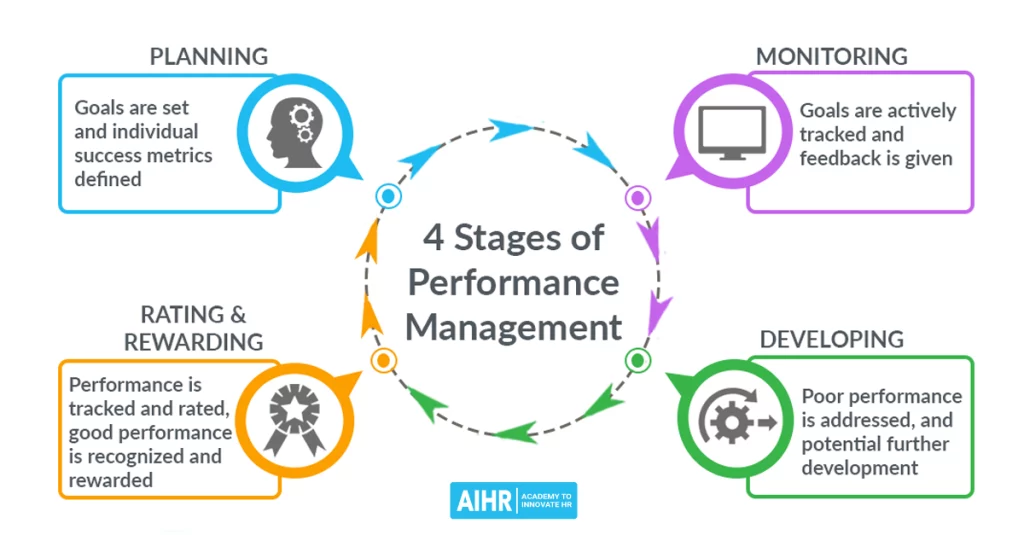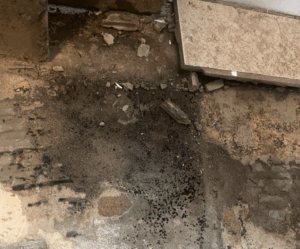Performance reviews or employee evaluations can seem daunting if you are not familiar with the process. These assessments are an integral part of human resources management and serve a critical role in fostering employee growth and development. The primary goal is to provide constructive feedback to employees about their work performance. This article delves into the main events during a performance review.
Preparation and Self-Evaluation
The first step towards a performance review is often self-evaluation. Employees are asked to assess their own performance. This is usually achieved through forms or online tools where employees rate themselves on various aspects such as job knowledge, productivity, skills, teamwork, quality of work, and more. It is an excellent opportunity for employees to reflect on their accomplishments and areas requiring improvement.
Completion of the Appraisal Form by Employees and Managers
Parallel to the employee self-assessment process, managers also fill out evaluation forms for each staff member they oversee. They provide ratings based on defined criteria that typically correlate with the company objectives. This process should be fair and transparent with equal measure given to both strengths and areas that need improvement.
Scheduling The Review Meeting
Once both parties have completed their respective parts of the evaluation process, HR schedules a meeting called the performance review meeting. The date, time and venue are communicated in advance for both parties to prepare accordingly.
The Performance Review Conversation
This conversation is critical as it determines how well the review process achieves its objectives. A typical performance review session includes an open and honest discussion about an individual’s job performance over a specific period.During this meeting, managers present their feedback based on factual data collected throughout this period such as reports, timesheets among others.
They discuss both positive attributes along with areas requiring improvement.During this time an effective two-way communication becomes crucial because employees also get a chance to articulate their point of view.
Setting Goals For The Next Evaluation Period
Once strengths and weaknesses have been determined and discussed in detail during the meeting, goals for the subsequent evaluation period are set collaboratively by the manager and employee.These SMART – Specific Measurable Achievable Realistic Timely goals help create engagement by empowering employees with clarity on expectations for growth and career progression in line with organizational objectives.
The Written Summary Document Completion
A written summary document containing key points discussed during this session is created by the manager together with major decisions made including action plans. The document is reviewed jointly before signing off as a testament to what was agreed upon so as to prevent any confusion or disagreements later.
Closing Thoughts And Follow-Up Meetings
The final part of a performance review typically involves wrapping up discussions while setting timelines for follow-up meetings.Any additional support needed by employees like resources or training programs that can improve performance is noted down.The goal here is closing discussions professionally while leaving room for regular follow-up on progress towards targets set.
A performance review centers around open conversations geared towards employee growth aligning individual objectives with organizational goals thus bearing mutual benefits within its practice.Understanding what happens in these reviews eliminates fears associated with them encouraging active involvement leading to successful outcomes.




